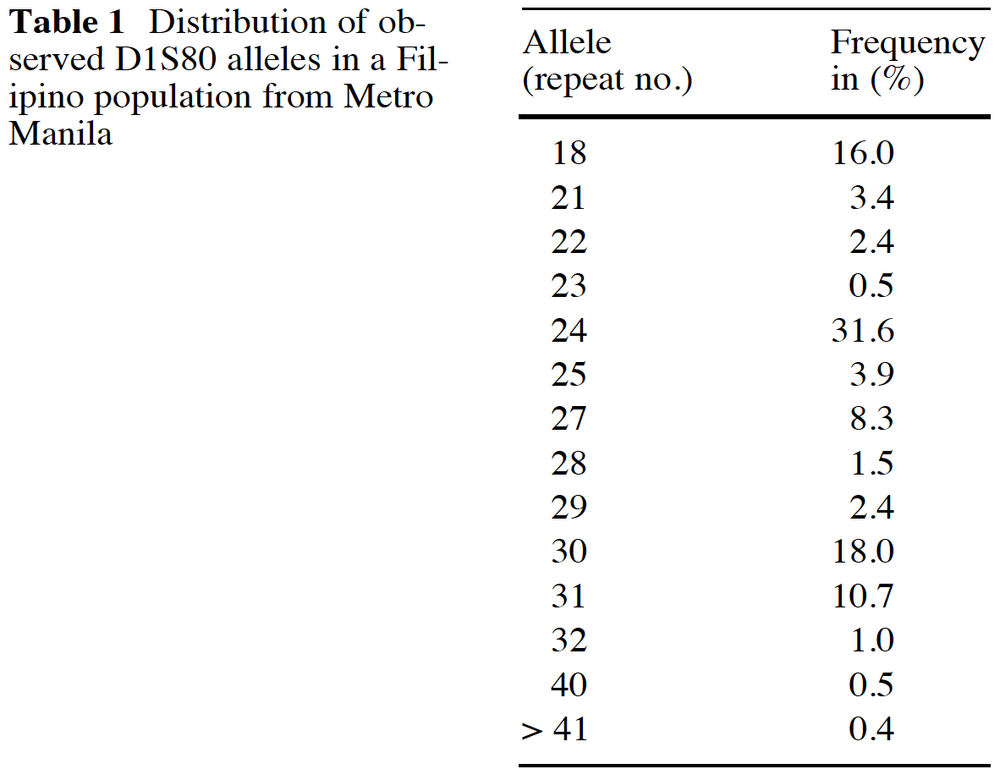Source: Electrophoresis 1997;18(5):690-4
Schmitt C, Benecke M
Institut für Rechtsmedizin der Universität zu Köln, Germany.
Abstract
In medicolegal samples DNA is often broken into fragments. In many cases, only the amplification of short tandem repeated DNA stretches (STRs), which are located in noncoding regions, allows DNA typing of such degraded materials. To demonstrate the high diversity of biological materials which forensic biologists have to deal with, and to outline the success rates and limits of the method, we describe five cases (minute amount of tissue on barrel, tissue in decay, tumor tissue, sperm after multiple rape, stored urine samples) in which forensic DNA typing was successfully performed by use of the short tandem repeats HUMDHFRP2, HUMD8S306, HUMCD4, HUMF13A1, HUMTH01, HUMVWA, and HUMFES.


